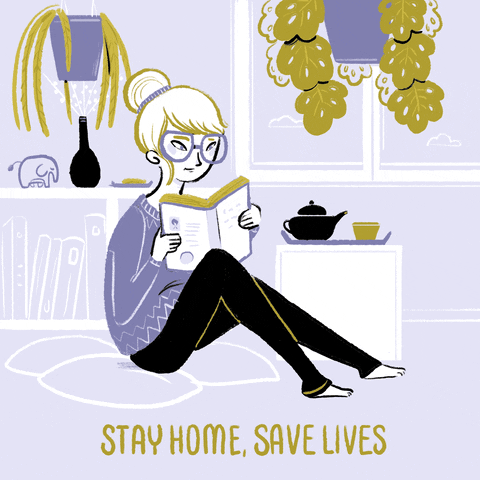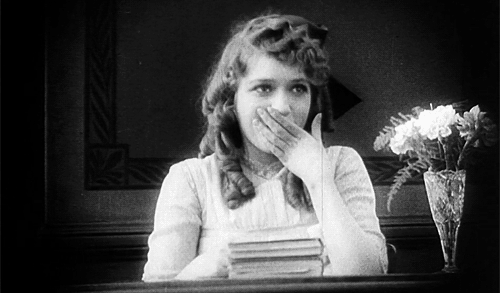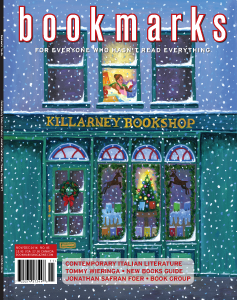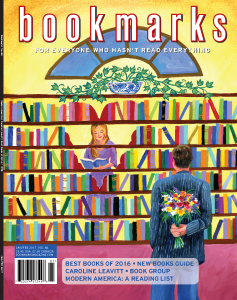Bookmarks Magazine
I’m re-posting here today, because Bookmarks Magazine contacted me to tell me they have upped their game. They’ve refreshed their website (see link below) and have a new toll free number. It’s still my favorite magazine and I happily dive right into the issues when they arrive. If you’re a reader and like me — barmy about books — Bookmarks should be your magazine of choice.
Here’s my previous post with updated website and phone number.
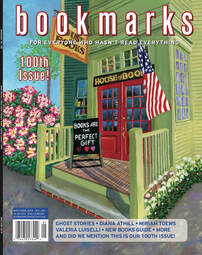
I became addicted to magazines during my advertising gigs in the 1980’s and 90’s. I’m talking about curl-up-and-slowly-turn-the-glossy-pages, real magazines. Back in those ancient times, magazines were a mainstay media outlet for advertisers. As a benefit, I was on many complimentary subscription lists. From Good Housekeeping to Vanity Fair to Tennis Magazine — they piled up waiting for the quiet evening or foggy afternoon when I could curl up and browse them.
Many magazines are now long gone, and most have moved to digital editions. Nonetheless, I’m still addicted to real magazines, I buy them off the newsstand from time to time, and still subscribe to a few magazines – sadly no longer complimentary, but funded out of my own Book Barmy budget.
That’s hysterical, you really think I stick to a budget?
But, back on subject — Bookmarks Magazine is my favorite magazine. I’ve been a subscriber since they launched in 2002. A small publication dedicated to readers, bookgroups and librarians — with the charming mantra For Everyone who Hasn’t Read Everything.
I do a little dance when it arrives in the mail. Just look at the fun covers.
What’s unique about Bookmarks is they gather and summarize a wide range of published book reviews (good and bad) and summarize those reviews. So a voracious bibliophiliac reader, like myself, can make decisions on whether or not to seek out a newly published book (see Book Barmy budget above).
They also have their own articles and book recommendations such as Books You Missed and Shouldn’t Have, Great Forgotten Mysteries, and Non-fiction Must Reads.
They always profile a book group (with a fun group photo), their reading list, with favorite and least favorite reads over the years of the book group.
Regular readers recommend their own list of 10 books, grouped under the heading “Have You Read?“.
You can subscribe via Bookmarks Magazine or phoning (888) 721-2402
And, if I can’t convince you to subscribe – maybe Kurt Vonnegut can:
He weighed in on Bookmarks Magazine — after one of their first issues featured a profile on his life and works;
….the first publication to summarize my career as a writer. I am beguiled by your physical beauty and I am moved by how head-over-heels in love with books you are. And nowhere else have I found such thoughtful and literate reportage on the state of the American soul, as that soul makes itself known in the books we write. News of the hour indeed!
A Gentlemen in Moscow by Armor Towles
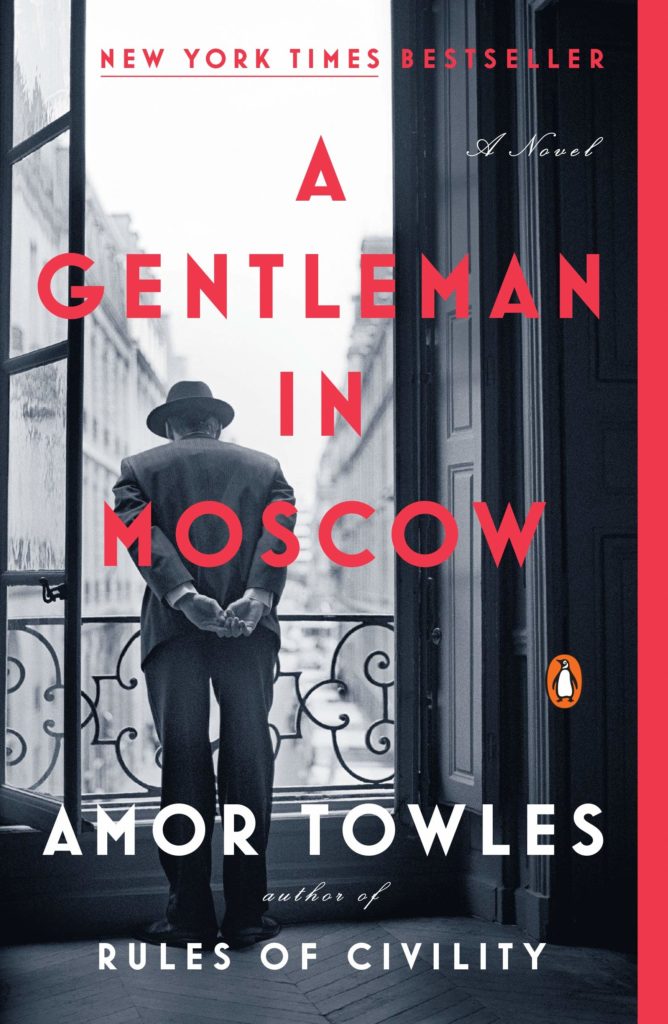
And now the ‘miss’ ~~
When we first entered this strange phase of our lives, I roamed my bookshelves – picking out books and planning my reading list for the duration. A Gentlemen in Moscow seemed like the perfect book — given we were all entering what appeared to be our own sort of house arrest.
In 1922, Count Alexander Rostov aged 33, is brought before a Bolshevik tribunal in Moscow. He is charged with being an unapologetic aristocrat — but because of his charm, and a carefully recited poem — instead of death, he is condemned to lifetime house arrest in his current place of residence: the Metropol Hotel. Removed from his suite and banished to a tiny room in the attic, the Count finds his material circumstances have been much reduced, but he faces his change in fortune philosophically.
The novel starts in a somewhat breezy style as we are introduced to the varied characters that move in and out of Rostov’s life as he is sequestered in the grand hotel. There’s a famous model, an overly bright little girl, and an officious general manager. I chuckled along as the Count’s days are spent anticipating his meals in the restaurant, laboriously making his way through The Essays of Montaigne, or anticipating his weekly haircut appointment.
It was initially charming to read about the Count’s interest in a bouillabaisse recipe, his fascination with wine, and his philosophical observations on the parade of people populating the hotel. But then, about two-thirds of the way through A Gentleman in Moscow, I realized that is all this book is about.
Don’t get me wrong, Mr. Towles is an excellent writer, there are some lovely passages which made me sigh with pleasure and re-read:
For what matters in life is not whether we receive a round of applause; what matters is whether we have the courage to venture forth despite the uncertainty of acclaim.
On those we love:
Every year that passed, it seemed a little more of her had slipped away; and I began to fear that one day I would come to forget her altogether. But the truth is: No matter how much time passes, those we have loved never slip away from us entirely.
Mr. Towles focuses almost entirely on the charming life of the Count locked in his grand Moscow hotel. I, however, kept wondering about what was unfolding outside the hotel’s doors. What about the tumultuous decades in Russian history? The plight of millions of Russians starving and being put to death by the Stalinist regime, not to mention two World Wars. That is the author’s choice, and I respect that, but this reader would have liked more historical reference. But that would have perhaps required a plot — and A Gentleman in Moscow is not a plot driven book – this is a lumbering (462 pages) character study about a character that I just didn’t find that interesting.
I put the book down, feeling like I, too, was imprisoned in the Hotel Metropol. Its premise held great promise, but it didn’t hold my attention. In a word, I got bored. My hair literally went gray waiting for something to happen (no recent hair appointments, not withstanding) ~~ reader, I gave up.
Annalisa Quinn’s review on NPR sums it up best:
“A Gentleman in Moscow is like a quipping, suavely charming dinner companion that you are also a little relieved to escape at the end of the meal.”
Other readers, whom I respect, have told me the novel is worth it for the ending alone – so I may start it up again – or (ssshhhh) jump to the last few chapters. Who knows? If I change my mind about A Gentleman in Moscow, I’ll be sure to let you know.
Until then, I’m going to find something to read where something actually happens.
A Hit (and A Miss)
When we first started this shelter in place situation, oh those many (many) weeks ago, I secretly thought to myself — oh well, at least I’ll get lots of reading time. And with our little house stuffed with unread books I’ve hoarded collected over the years — what an opportunity, I thought.
But, alas, it just hasn’t happened. I’ve been the worst reader lately — picking up and setting aside books — distracted and un-tethered.
There have been some accomplishments — I planted two successive vegetable gardens. First of the lettuce is just now ready. I’ve been doing some knitting while seduced into TV binge-watching with Husband. Also working with our neighborhood association on blocking permanent night time stadium lighting at the private high school across the street…don’t ask — arghh.
But I’ve also wasted time — endlessly checking email and Facebook for friends’ updates and watching stupid (but often cute) videos.

I lacked focus. So this weekend I had a stern talk with myself and bravely finished one book and three-quarters of another. Thus, ‘a hit and a miss’.
Today, the hit:

Fair and Tender Ladies
by Lee Smith
When traveling, I always try and visit an independent bookshop and support them by buying one (just one) book about the region and by a local author. When visiting Asheville, North Carolina last year, I wandered into their famous independent bookshop Malaprop’s, and found this beauty.
We meet Ivy Rowe, the narrator and letter writer of this epistolary novel, when she is a young girl with no education. The letters begin around the turn of the century when Ivy is a child living with eight siblings on the family farm in the mountains of Appalachia. Written with quaint misspellings and in the vernacular of Southern speech, the letters reflect the harsh poverty of farm life, as well as the simple beauties of the Appalachia. “This is the taste of spring,” her father tells Ivy, and she never forgets it, even when the family must move down the mountain into the booming town of Majestic, after her father’s death.
The local school teacher recognizes Ivy’s intelligence and encourages her to continue her education up North. But, betrayed by her passionate nature Ivy becomes pregnant. Thus ‘ruint,’ she marries a childhood friend who takes her back to the family homestead, where she bears several children and endures the endless toil of a farmer’s wife. Just when life seems drearily predictable, she succumbs in middle age to an irresistible affair which brings severe consequences.
Ms. Smith takes us through seven decades of Ivy’s life, and at 367 pages, I got bogged down and laid it aside for many months — (just look at that cover how could I ever have put it aside?). When I got back into Ivy’s life story this weekend, I devoured the latter third of the book which conveys the momentous changes in Appalachia, during which time, as Ivy laments:
Everybody has took everything out of here first the trees, then the coal, then the children.
But in the next letter, Ivy marvels in the beauty of seeing lights down in the valley for the first time:
…and, lo and behold, all up and down the bottom, lights came on! And you can see them shining on the lower slopes of Bethel Mountain too, they twinkle like stars.
Ivy is a wonderfully appealing character with endearing faults: an old soul — proud, yet bright, impetuous, and sensual. She is a fully rounded heroine as are some of the other vivid characters who inhabit Virginia’s Appalachia region. First published in 1988, Fair and Tender Ladies reads in the tradition of oral storytelling. It’s a poetically written, yet not overly sentimental tale of one woman’s life — its joys and sorrows — struggles and delights. I’m so glad I finished Fair and Tender Ladies — and happily, it seems to have broken my reading slump.
One book down, only a houseful to go.

Not an accurate representation of my books.
My shelves are neater – I refuse to stack books on the floor.
But I am known to shelve two deep and behind each other.
Radio Silence
My apologies for the radio silence here at Book Barmy…
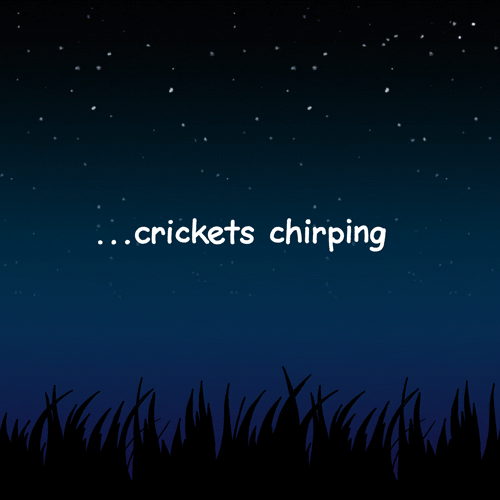
I’m up to my eyeballs in a neighborhood association issue…involving permits, environmental regulations, and densely worded planning submissions. It’s a wonderful group of neighbors and we have a great pro-bono consultant ~~~
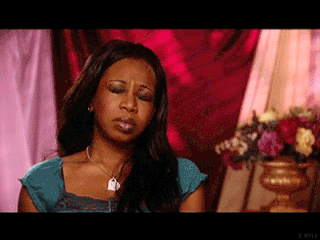
As a result, my leisure reading time has been cut way back. I’ve even had to set my alarm a few mornings – please, have a bit of sympathy…
In the meantime, remember how I confessed that I enjoyed examining people’s bookcases when they broadcast from home — it seems I’m not alone. Here’s an article from the New York Times:
“What Do Famous People’s Bookshelves Reveal?
I’ll leave you with the current window display from Omnivore Books – a wonderful (and favorite) cooking-themed book shop.
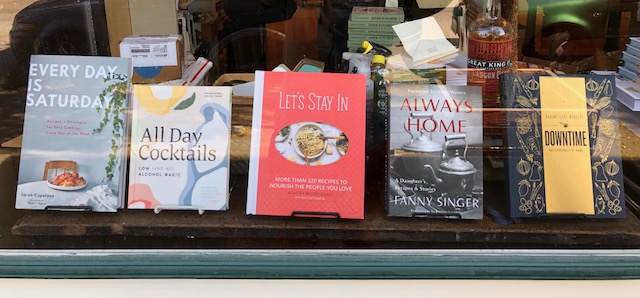
A Message to the Literary World
| I thought this was worth sharing ~~ from yesterday’s New York Times |

Dear Reader, What an unusual and terrible time this is for all of us. With people’s lives at risk, and many lost so far; with the vast majority of us confined to our homes or out of necessity, precariously trying to work outside our homes. There is much to mourn, much to be grateful for and much cause for worry and fear. |
| Apart from the obvious life and death matters at stake, we at the Book Review hold a special concern for those whose livelihoods depend on books. We think of the authors whose book tours have been canceled, authors who depend on income from teaching, authors who need money from speaking engagements to supplement their advances. All of those opportunities, temporarily — and in some cases, permanently — gone. |
| Our hearts go out to the debut authors of the season, many of whom spent years, perhaps a lifetime, waiting for the dream moment when their first book would make its way into the world. We think of the authors whose publication dates have been delayed, complicating not only their financial lives but all other plans, professional and personal. We think of the authors whose new books are coming out right now, at a moment when the realities of everyday life can feel all-consuming, and when libraries are shuttered and many bookstores have closed or laid off workers. We think of those dedicated booksellers and bookstore owners who fear for the future of their retail homes, which even in good times can be difficult to keep going. We are heartened to hear of stores that are maintaining and even beefing up their online presence and manning their phone lines, offering curbside delivery to customers in their communities. We think as well of authors’ co-creators, the people who work in the publishing industry. Editors, copy editors, publicists, art directors, illustrators, salespeople, marketing executives and publishers who are now, like many of us, working from home offices with all their complications. Many in publishing have taken pay cuts, been furloughed or lost jobs. Which brings us back to you, our readers. We know you share our concerns about the state of the literary world we all admire and cherish. We hope that you find time and space in this difficult moment to turn to books, to do what they have always done: challenge us, inform us, entertain us. Books offer us the chance to escape and they force us to engage. Books are among the great empathy builders, bridging gaps that divide us geographically, politically, philosophically and demographically. At a time when many people feel isolated and alone, books bring us together. Please join us in support of all those in the literary world during this challenging time. Pamela Paul Editor of The New York Times Book Review |
Reading in Place My Favorite Books: Part 3
How is everyone out there? We’re now into the third week of shelter in place and it’s predicted to last for at least a month longer. Schools will not reopen until the fall, all our parks and beaches are closed except for visitors on foot or bicycle. Our transit system is all but shut down. The city streets are eerily quiet. Friends have been furloughed from their jobs, perhaps permanently. We’re doing our shopping as best we can and relying on our neighborhood shops. It may be a long time before we see our friends, or go out to a film, a restaurant, or (sob) a bookstore. We’re eating in, staying in, distancing on walks, and waving at (not hugging) our favorite children.
Now I’m a grand worrier, it’s my core strength — but even I, in my darkest wee hours worry fests, could ever have worried up ~~ well, a pandemic.
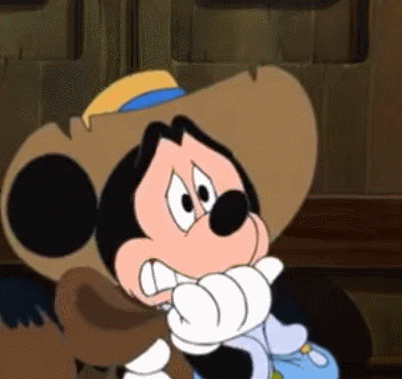
The operative word seems to be surreal. ~~ Okay, enough of that, how about we just move on to more pleasant thoughts — the final installment (for now at least) of my favorite books.
Once again a blatant plug to support your local independent bookstore — especially during these difficult times.
I know the libraries are closed in many areas, so if you want to buy any of these books — Please contact your local independent bookstore. They will happily take your order, personally ship your book(s), and will surely appreciate your distancing business right now. Find your local bookseller HERE
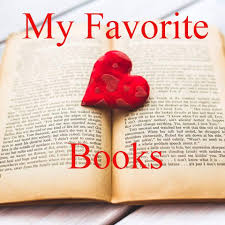
Gift from the Sea, by Anne Morrow Lindberg
Another one of those books I’ve read and re-read, purchased and given away to friends. Anne Morrow Lindberg, shares her meditations on youth and age; love and marriage; peace, solitude and contentment. She writes these during a brief vacation by the sea and draws inspiration from the shells she finds on the shore. A mother of five, an acclaimed writer and a pioneering aviator, Lindbergh casts an unsentimental eye on the trappings of modernity that threaten to overwhelm us: the time-saving gadgets that complicate rather than simplify, the multiple commitments that take us from our families. And by recording her thoughts during a brief escape from everyday demands, she helps readers find a space for contemplation and creativity within their own lives. (Be sure to find an edition with color illustrations of the shells.)
The Summer Guest by Justin Cronin
I fell for this book based on it’s cover and then it sat on my shelves for years unread. One foggy morning I picked it up at random and didn’t look back. This is a complex story of a family and its summer camp over time — the children and their parents, love and loss — all told simply and beautifully. Mr. Cronin paints a beautiful picture of a remote Maine camp where the summers of deep woods and deep lakes come alive on the pages — “enough silence to let you hear the planet spin or make you mad if you thought too long about it.” This is a must read (and a must keep on my shelves) novel. I highly recommend it. My full review with the book cover is HERE.
Lonesome Dove by Larry McMurtry
Husband handed me this book and said you should read this, it’s great. I looked at the cheesy pulp western cover and thought — really? But he insisted and, so read it I did. Not only did I read it, I cried through it, I laughed out loud, I thought about when I was away from it, and even dreamed about it. The characters are alive, vivid and you can’t help but be swept along on their journey. This Pulitzer Prize–winning classic of the American West follows two aging Texas Rangers embarking on one last adventure. Not only an epic tale of the western frontier, Lonesome Dove is also a treatise on friendship, love and loyalty. Even if you’ve seen the film (which was quite good) I highly recommend you experience this masterpiece in novel form. And yes, I did say, and mean — masterpiece.
Parnassus On Wheels, by Christopher Morley
I first read my grandfather’s copy of this idyllic book when I was still at home, obsessed with books, but yet itchy to get out into world. Parnassus On Wheels was the perfect solution. Roger Mifflin is a traveling salesman and roams 1917 New England in a horse-drawn caravan selling books. He’s decided to sell his little enterprise and thinks he’s found a buyer when he meets Helen McGill – a 39 year old spinster living with her brother. Mifflin thought McGill’s brother might like to buy him out, but it is Helen who casts fortune to the wind. Together she and Mifflin set off on the open road and along their way they encounter adventure and romance, and we get to learn Mifflin’s philosophies on life and books. A short, but oddly weighty tale about the love of literature, books, but mostly about life itself. There is a second book in the series, The Mysterious Bookshop, 1919 is a classic mystery set — where else? — in Roger’s bookshop. Many years later, I found my own copies in a used bookshop for $5 each. I’ve re-read both several times. Both are classics and deserve a space on your shelves. Here’s my favorite quote “When you sell a man a book you don’t just sell him twelve ounces of paper and ink and glue – you sell him a whole new life. Love and friendship and humour and ships that sail at sea by night – there’s all heaven and earth in a book, a real book I mean.”
A Fine Balance, by Rohinton Mistry
I very rarely re-read modern books, with the exception of A Fine Balance which I think I’ve read three times. One of the finest novels I’ve ever read. Overstatement? Not at all. Simply superb, the beauty and humor of this book is matched only by the awfulness and arbitrariness of life — a “fine balance”. The novel takes place in India during the mid-1970s under Indian Prime Minister Indira Gandhi’s “State of Emergency”. A Fine Balance tells the story of a group of Indian citizens- two tailors, a student and a widow, as they struggle through their lives, how their fates entwined, how their initial distrust for each other blossoms into family of friendship. This is a novel that instantly absorbs the reader. Preoccupied with the characters — Ishvar, Om, and Dina, — I cried for them, cheered them, and still remember them to this day. The story line and the characters remind me of Dickens. See my full review HERE
P. D. James
Okay, not a book per se, but a series of mysteries — all of which are excellent. Probably best known for her Adam Dalgliesh series, P. D. James is considered the grande dame of mystery and was a remarkable writer who crafted tales of suspense with engaging and interesting characters. She also wrote several stand alone mysteries — Cover Her Face is one of my favorite — again all tautly written. If you only know P.D. James by the PBS Dalgliesh adaptations (which were only passable), you’re in for some great reading ahead. What distinguishes P.D. James (and her mysteries) is that she crafted story lines that bring up questions of social privilege, politics, aesthetics, and theology. Be sure to read the Dalgliesh series in order as the characters and their relationships evolve. A fine mystery series with wonderful writing. Kingsley Amis called her “Iris Murdoch with murder”.
Robert Parker
I think we’ll end this segment about my favorite books with something easy to read, lighthearted and laugh-out-loud funny. Perhaps we all need that right now. I’m talking about Robert Parker’s long running series of mysteries. There are two; the Spenser series and the Jessie Stone series. Both are well worth picking up. Mr. Parker’s novels crackle with wit and contain some of the best dialogue ever written. (If you are an aspiring author, read Parker and learn how dialogue can and should deliver.) My hand reaches for one of his paperbacks whenever I chance upon them – often found at used books stores or those free little library boxes as you walk around. Guaranteed to make you chuckle and forget the outside world for a bit. My full admiration for his writing is HERE.
So folks I’ll say stay well, stay safe, and goodnight — sleep tight.
